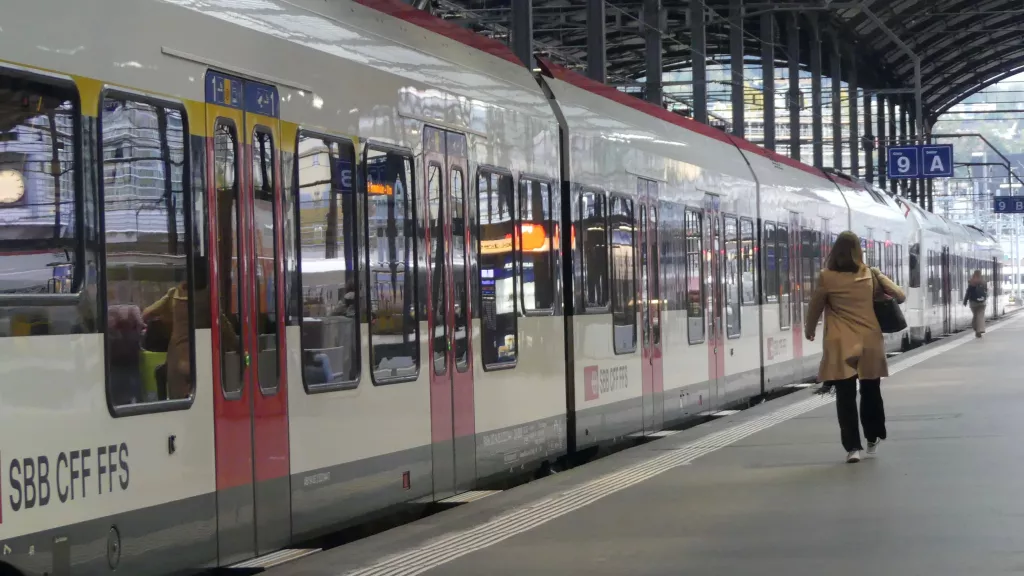Public transportation plays a crucial role in connecting communities and fostering urban growth. As cities expand and evolve, so do the amenities and services provided within public transit systems. One emerging trend is the incorporation of copyright-free music into public transportation, aimed at enhancing the travel experience for passengers. This article delves into the concept of copyright-free music, its role in public transportation, and the benefits and challenges associated with its implementation.
What is Copyright-Free Music?
Copyright-free music, also known as royalty-free or stock music, is a type of music that can be used without the need to pay royalties or license fees for each use or per volume sold. This music is either in the public domain, meaning the copyright has expired, or the creators have waived their rights and allowed their work to be freely used. While copyright-free music can be found in various genres and styles, it is typically instrumental, making it ideal for use as background music in public spaces.
The Role of Copyright-Free Music in Public Transportation
The integration of copyright-free music into public transportation systems aims to create a more enjoyable and comfortable atmosphere for passengers. This can be achieved through several methods:
- Playing ambient music in stations and terminals: Background music in stations and terminals can reduce the perception of noise pollution, create a sense of safety, and help passengers feel more relaxed while waiting for their transportation.
- Onboard music: Integrating music into vehicles, such as buses, trains, and subways, can enhance the passenger experience by creating a more pleasant ambiance, reducing stress, and promoting a sense of well-being.
- Smartphone apps and digital platforms: Many public transportation systems now offer mobile apps or digital platforms that provide real-time information, route planning, and ticketing. Incorporating copyright-free music into these apps allows passengers to listen to music during their journeys and personalize their travel experience.
Benefits of Copyright-Free Music in Public Transportation
- Enhanced passenger experience: The use of copyright-free music can contribute to a more enjoyable and relaxing environment, leading to increased satisfaction among passengers and potentially boosting ridership.
- Cost-effective: Since copyright-free music does not require licensing fees or royalties, it is a cost-effective solution for public transportation systems looking to enhance their services without incurring significant costs.
- Cultural diversity: By incorporating a wide range of genres and styles, copyright-free music can expose passengers to different cultures and musical traditions, fostering a more inclusive environment.
- Stress reduction: Music has been shown to reduce stress and anxiety levels, which can be particularly beneficial during peak travel times or in densely populated urban areas. By creating a calming atmosphere, public transportation systems can improve the overall travel experience for passengers.
Challenges of Implementing Copyright-Free Music in Public Transportation
- Volume control: Striking the right balance between providing an enjoyable audio experience and not disturbing passengers who prefer a quieter environment can be challenging. Transportation authorities must take care to ensure that music is played at an appropriate volume and is not intrusive.
- Musical preferences: With a diverse range of passengers, it is impossible to cater to everyone's musical tastes. Selecting a neutral, widely appealing genre or rotating playlists may help address this issue.
- Acoustic limitations: Public transportation vehicles and spaces may not be acoustically optimized, which could result in poor audio quality or sound distortion. Investments may be needed to improve acoustics and sound systems in certain environments.
- Maintenance and updates: Ensuring that the music library remains up-to-date and relevant requires regular maintenance and curation. This may involve additional resources and time to ensure a consistent and enjoyable audio experience for passengers.
Conclusion
The incorporation of copyright-free music in public transportation has the potential to significantly enhance the travel experience for passengers by creating a more pleasant and relaxing atmosphere. However, transportation authorities must consider the challenges associated with implementing this feature and develop strategies to address potential issues. By carefully selecting music, ensuring appropriate volume levels, and regularly updating playlists, public transportation systems can successfully integrate copyright-free music into their services.
Collaboration with local artists and musicians, as well as sourcing music from a diverse range of cultures, can further enhance the appeal of this initiative. As the concept gains traction, continued research and feedback from passengers will be vital in refining the use of copyright-free music in public transportation and ensuring it remains a positive and inclusive addition to the travel experience. Ultimately, the thoughtful integration of copyright-free music has the potential to elevate public transportation services and contribute to a more harmonious, enjoyable, and stress-free journey for all passengers.
